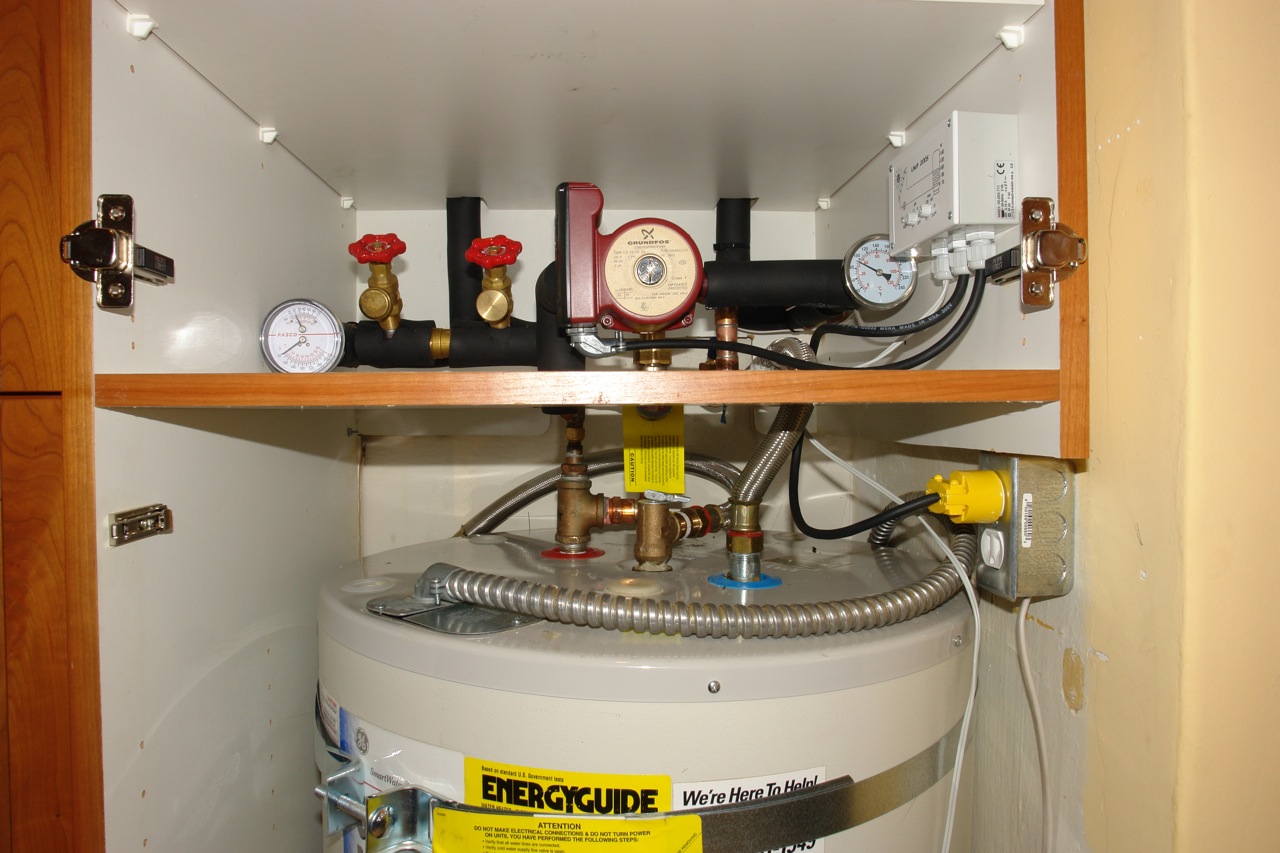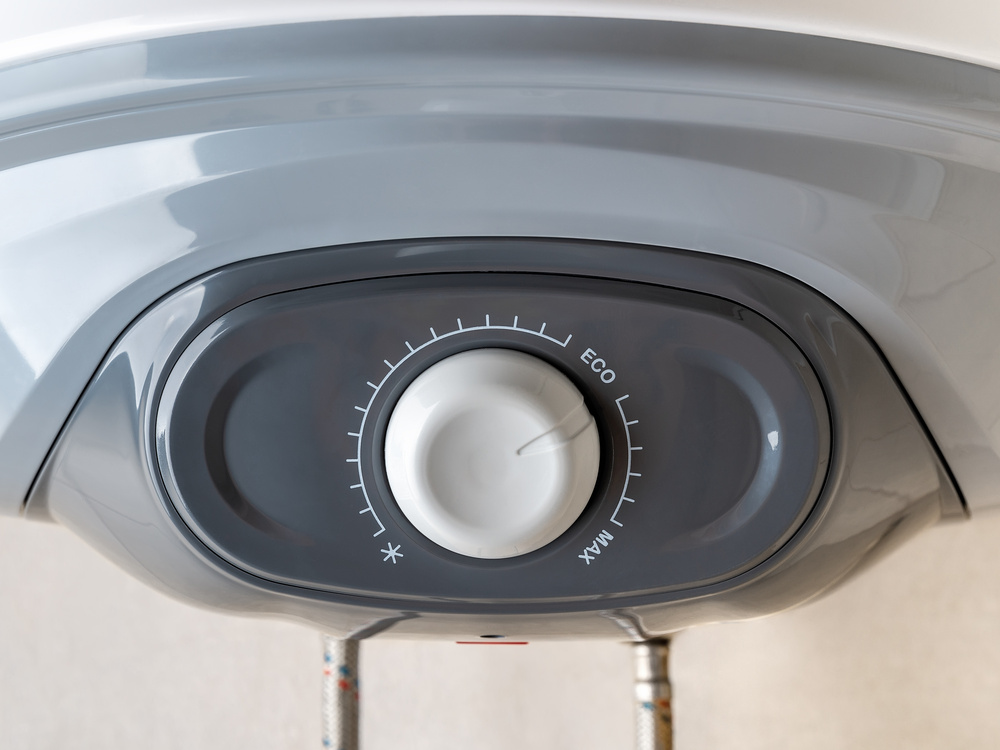Call or Text
801-438-4793
Basic Water Heater Maintenance Tips
October 22, 2014
By Todd Jameson, Superior Water & Air
Your water heater works hard to provide hot water for bathing, cleaning, and cooking. Regular maintenance can extend its lifespan. It can also improve its efficiency and prevent unexpected breakdowns. Whether you have a traditional tank water heater, a tankless system, or a more energy-efficient model doesn’t matter. Taking care of it doesn’t have to be complicated. Below, we’ll walk you through some essential water heater maintenance tips to keep your system running well for years.
Know Your Water Heater: The Different Types
Not all water heaters are the same. Understanding your system is key to proper maintenance. Different models have unique care requirements. Knowing what type of water heater you have will keep it running efficiently. Here’s a breakdown of the most common water heaters and how to maintain them.
Tank Water Heater Maintenance
Traditional water heaters store and heat a set amount of water, which ranges between 30 and 80 gallons. Because they constantly heat water, they require regular upkeep to prevent sediment buildup and energy waste.
- Flush the tank yearly to remove sediment that can cause rust and reduce efficiency.
- Check the anode rod every few years to prevent tank corrosion.
- Test the temperature and pressure relief valve to ensure it’s working properly.
- Insulate the tank to improve energy efficiency and reduce heat loss.
Tankless Water Heater Maintenance
Tankless water heaters heat water on demand rather than storing it in a tank. They are more energy-efficient but require maintenance to prevent scale buildup and ensure proper airflow.
- Flush the unit annually to remove mineral buildup, especially in areas with hard water.
- Clean or replace the air intake filter to keep the system running efficiently.
- Inspect the venting system for blockages that could impact performance.
Heat Pump Water Heater Maintenance
Heat pump water heaters use electricity to move heat rather than generate it directly, making them highly efficient. However, they require specific maintenance steps to keep them running effectively.
- Clean or replace the air filter every few months to maintain airflow.
- Inspect the evaporator coils and clean them if dust accumulates.
- Check the condensate drain to prevent clogs and water damage.
Solar Water Heater Maintenance
Solar water heaters are an eco-friendly option, using the sun’s energy to heat water. They rely on solar panels and a storage system, so they have unique maintenance needs.
- Check solar panels regularly for dirt and debris that could block sunlight.
- Inspect the circulation system for leaks or blockages.
- Ensure the antifreeze or heat transfer fluid is at the proper level if your system uses one.
9 Water Heater Maintenance Tips
Routine maintenance is key to keeping your water heater running efficiently and extending its lifespan. These maintenance tips will prevent breakdowns and improve the performance of any type of water heater.
Regularly Inspect
Check your water heater every few months for signs of leaks, corrosion, or unusual noises. Catching small issues early can prevent costly repairs or system failures.
Flush Yearly
Sediment buildup can reduce efficiency and lead to rust inside your water heater. Performing an annual flush removes debris, ensuring your system heats water effectively and lasts longer.
Test the Temperature and Pressure Relief Valve
This safety valve prevents dangerous pressure buildup inside the tank. Test it by lifting the level halfway and letting it snap back. If no water releases or it continues to leak afterward, it may need replacement.
Turn Down the Water Temperature
Keeping your water heater set between 115°F and 120°F reduces energy use, prevents overheating, and lowers the risk of scalding. Lowering the temperature can also slow down mineral buildup inside the tank.
Check the Anode Rod
The anode rod protects your water heater from rusting by attracting corrosive elements. Inspect it every few years and replace it if it’s heavily corroded or worn down.
Install Insulation
Wrapping your water heater tank with an insulation blanket reduces heat loss. This improves efficiency and lowers energy costs. It’s especially helpful for older models that lack built-in insulation.
Replace the Air Intake Filter (for Tankless Models)
Tankless water heaters rely on proper airflow to function efficiently. Cleaning or replacing the air intake filter regularly maintains optimal performance and prevents overheating.
Insulate Pipes
Insulating the hot water pipes helps maintain water temperature and reduces energy waste. This is particularly useful in colder climates where heat loss can be significant.
Obtain Professional Inspection
Having a professional inspect your water heater annually ensures all components are in good shape. A trained technician can catch potential problems early and perform necessary repairs or adjustments.
How Often Should You Perform Water Heater Maintenance?
Regular maintenance keeps your water heater running effectively and prevents costly repairs. The frequency of maintenance depends on the type of water heater you have and factors like water quality and usage.
- Inspect your water heater every few months for leaks, rust, or unusual noises.
- Flush the tank once a year to remove sediment buildup. If you have hard water, consider flushing every six months.
- Test the temperature and pressure relief valve annually to ensure it’s working properly.
- Check the anode rod every 2-3 years and replace it if it’s heavily corroded.
- Clean or replace the air intake filter for tankless models every 6-12 months to maintain efficiency.
- Schedule a professional inspection once a year to ensure your system is in top condition.
Superior Water & Air’s Professional Water Heater Maintenance Services
Regular DIY maintenance can keep your water heater in good shape. However, professional service ensures your system is running at its best. At Superior Water & Air, our experienced technicians provide thorough water heater maintenance. Our experts help you avoid costly repairs and get the most out of your unit.
Why Choose Superior Water & Air?
- Expert Technicians: Our team is trained to service all water heaters, including tank, tankless, heat pump, and solar models.
- Comprehensive Inspections: We check for leaks, sediment buildup, and worn-out components to ensure your water heater runs safely and efficiently.
- Anode Rod Replacement: We inspect and replace the anode rod as needed to prevent corrosion and extend the life of your tank.
- Flush & Cleaning Services: We perform full system flushes to remove sediment and improve heating efficiency.
- Safety & Efficiency Testing: Our technicians test the temperature and pressure relief valve, thermostat settings, and other safety components to ensure your system is in top condition.
Schedule Your Water Heater Maintenance TodayDon’t wait for a breakdown to take care of your water heater. Contact Superior Water & Air today to schedule professional water heater maintenance or installation and keep your system running efficiently all year round.
Recent News

How to Prevent Mold in a Utah Home After Plumbing Repairs
September 11, 2025

A Utah Homeowners’ Guide to Smart Thermostats
September 10, 2025

My Water Heater’s ECO Switch Keeps Tripping – What Does It Mean?
August 21, 2025

Calling a Contractor for HVAC Services Shouldn’t Be a Nightmare
August 20, 2025

7 Hidden Fittings That Make Your Plumbing Work
July 21, 2025

Never Underestimate the Value of Your Furnace and AC Filter
June 25, 2025
